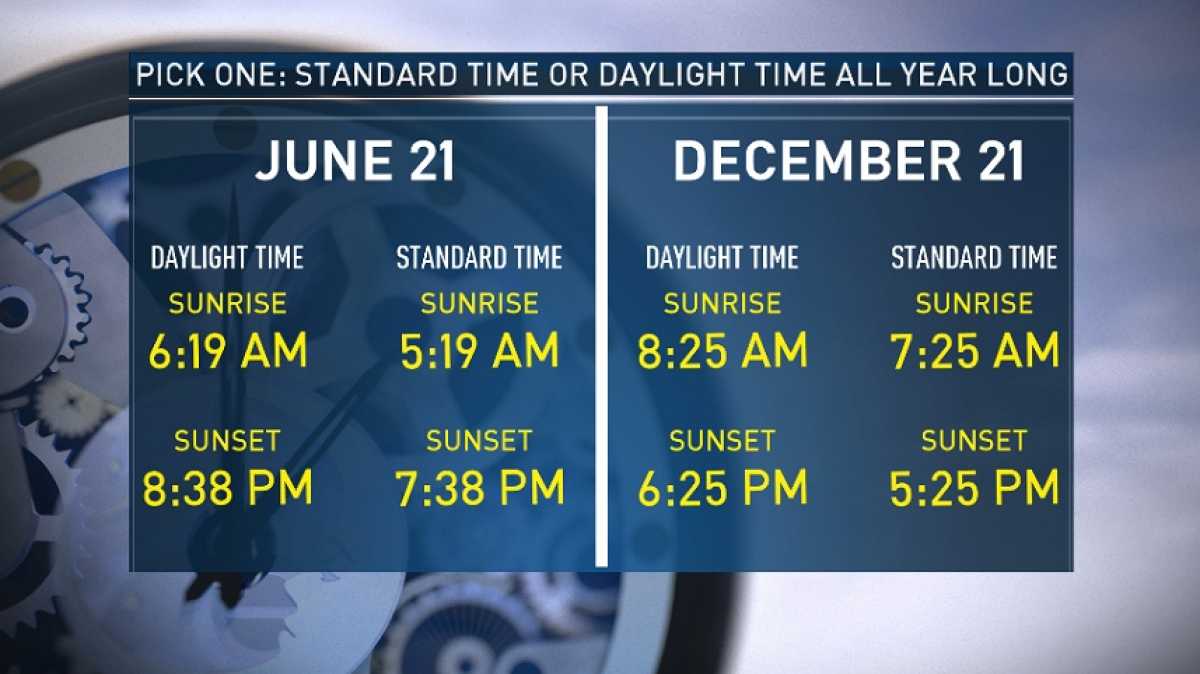Politics
Texas Considers Year-Round Daylight Saving Time: What You Need to Know

As the spring equinox nears in Texas, discussions around daylight saving time are in full swing. With history dating back to World War I and even credited to Benjamin Franklin in a satirical letter, the practice of adjusting clocks forward and back has long been a topic of debate.
Germany and Austria were the first to implement daylight saving time in 1916 as a means to conserve resources during the war. The U.S. followed suit in 1918, and the tradition has lingered ever since, with the clocks springing forward each year around the warmer months.
While some argue that daylight saving time maximizes the use of natural daylight, others view it as an unnecessary burden. Last year, the Texas House took a definitive stance on the matter by passing HB 1442 with a resounding 138-5 vote, aiming to transition to year-round daylight saving time.
However, the bill faced a roadblock as it made its way to the Senate and ultimately stalled in the 88th legislative session adjournment on May 29. If enacted, Texas would join 19 other states in the push for consistent observation of daylight saving time throughout the year.
Yet, the law cannot go into effect without Congress granting states the authority to adopt year-round daylight saving time. This proposal has garnered bipartisan support, highlighting a widespread sentiment among lawmakers and constituents that the biannual clock changes are outdated.












